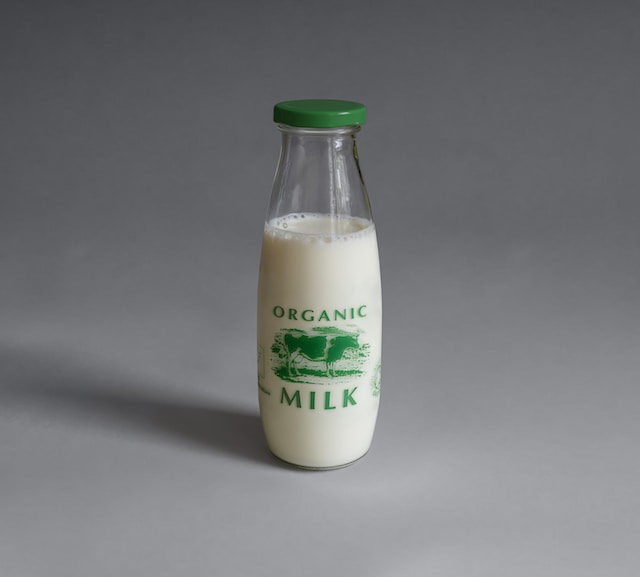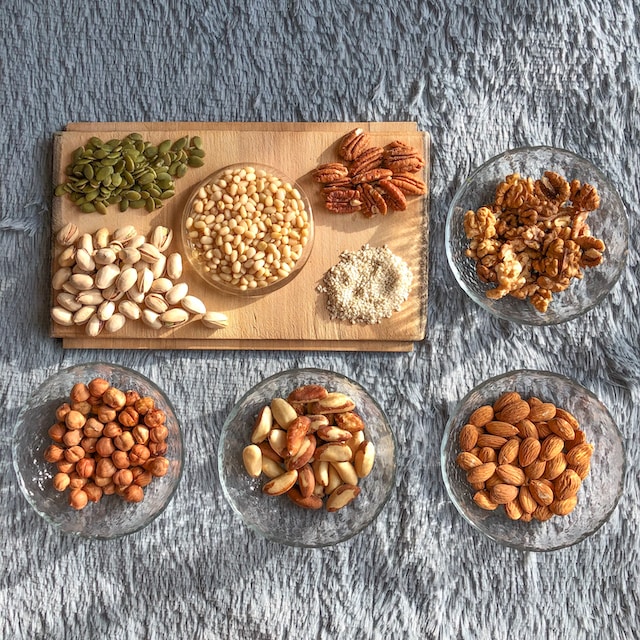Fat is the only nutrient that provides lipid-soluble nutrients to our cells. Therefore, we need it to absorb vitamins A, D, E, and K, as well as antioxidants like lycopene and beta-carotene. Additionally, fat acts as insulation and helps you feel less cold in low temperatures. It serves as a cushion to protect your organs from injury and is a part of hormone production and cell membranes.

Here’s how to choose healthy fats:
Avoid saturated fatty acids as much as possible. It’s best to avoid meat and sausages. If you can’t completely eliminate dairy products, try to consume them in moderation and opt for organic options.

Polyunsaturated fatty acids are healthier than saturated fats, but some studies suggest that they may have a mild pro-inflammatory effect. Therefore, it is recommended for individuals with inflammation or rheumatic diseases to avoid consuming oils like sunflower seed oil and corn oil.

Monounsaturated fatty acids are considered healthier. Olive oil, canola oil, and nut butter are rich in monounsaturated fats. You can also supplement your intake of monounsaturated fats by consuming almonds, pistachios, cashews, walnuts, and other nuts.

It is important to consume an adequate amount of omega-3 fatty acids, but it’s best to avoid relying solely on fish as a source. A recent study suggests that heart disease patients with high blood lipid levels can alleviate symptoms by taking high-concentration EPA supplements. In the human body, EPA can be converted from ALA provided by a plant-based diet. You can get omega-3 fatty acids by consuming flaxseeds, flaxseed oil, walnuts, and leafy green vegetables.

Important reminder: Individuals with certain underlying health conditions should seek personalized dietary guidance from a professional clinical nutritionist when making choices about dietary fats.


